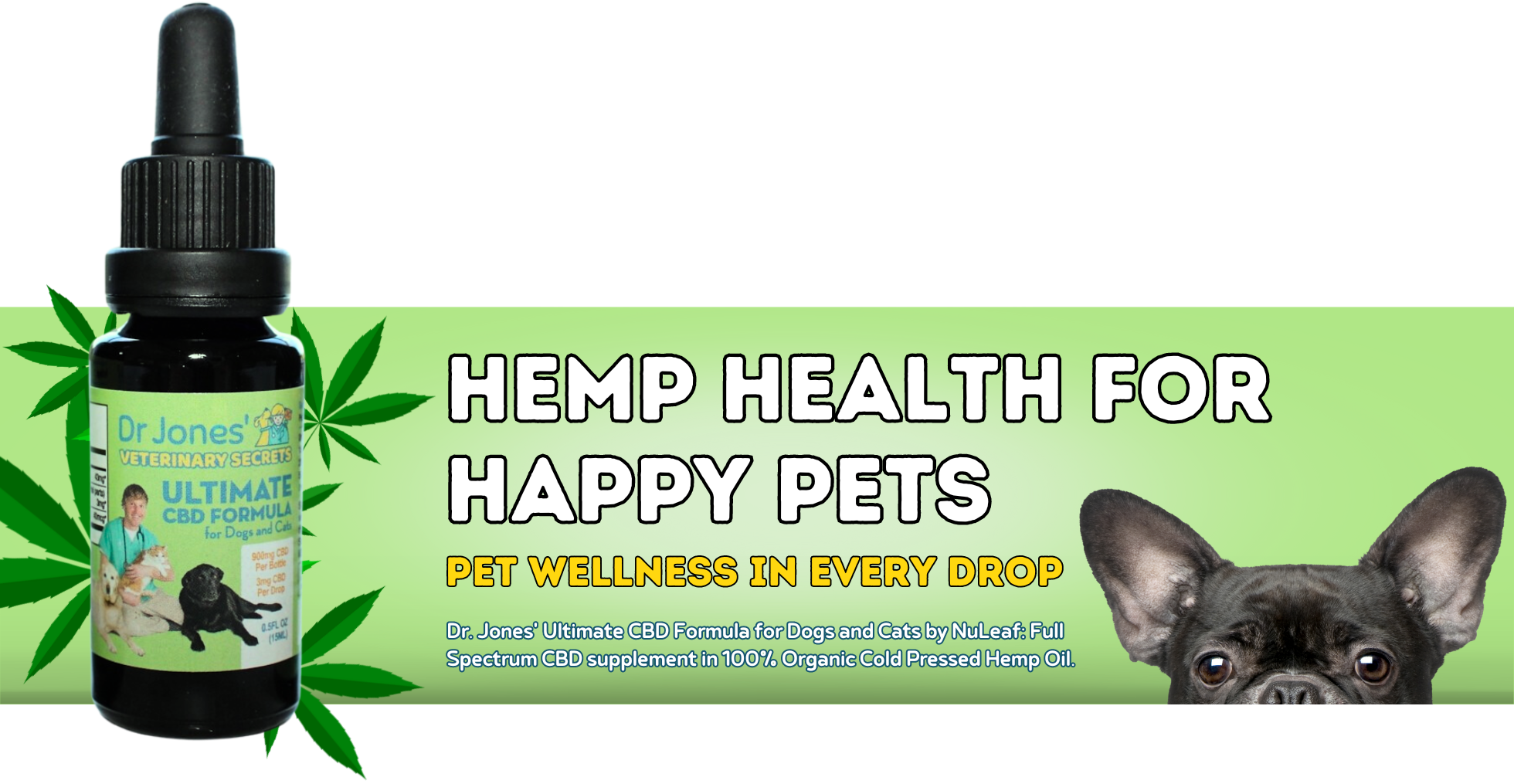Dog with dry, cracked pads? Top 5 remedies!

Pads are similar to our feet… .they get overlooked but are super critical .If you have ever had a foot issue, you know what I mean 🙁
I currently have an Achilles tendon tear that is slooooooowly mending… not good.
So I have been using this topically and orally (in the human version).
Great for natural pain relief:


How to Treat Dry Dog Paws with Natural Remedies
As a veterinarian dedicated to natural pet care, I always emphasize prevention as key to protecting your dog’s feet. You might find that you already have some effective items in your home that can be used to care for your pet’s paws. It’s crucial to opt for balms that contain safe, natural ingredients and avoid products with artificial fragrances or chemical components, as these can irritate or harm your dog’s paw pads.
Natural Ingredients for Paw Care
-
Shea Butter: Applying shea butter to the paw pads can significantly soothe, smooth, and hydrate the skin. This natural fat, derived from the seeds of the African shea tree, is an excellent moisturizer.
-
Vitamin E: Often a part of your dog’s diet, vitamin E can also be applied topically as a cream. It helps heal blisters, cracks, and dry spots effectively. For those pets that enjoy bath time, consider adding vitamin E oil to the bath water—just ensure your dog doesn’t ingest it!
-
Beeswax: This is a fantastic choice for healing chapped skin and dry spots. Beeswax acts as a moisture barrier and is both antibacterial and anti-inflammatory, making it safe if ingested by your pet.

-
Castor Oil: Extracted from castor beans, this oil forms a protective barrier on the paws and has anti-inflammatory properties, offering a dual action against dryness and irritation.
-
Vaseline: As an old veterinary remedy, Vaseline remains one of the most effective treatments. It creates a lasting barrier that locks in moisture, promotes healing, and protects the paw pad.
Protecting Your Dog’s Feet
To protect your dog’s feet from extreme weather, walk them during cooler parts of the day—early morning or late evening in summer, and shorter, more frequent outings in winter. Clean their paws after walks and consider using dog booties for additional protection against severe temperatures. Regular grooming, including washing their feet and trimming their nails, also helps prevent irritants and bacteria from accumulating.

Handling Your Dog’s Paws Gently
Some dogs are sensitive about having their paws touched. To help your dog get accustomed to it:
- Create a Comfortable Setting: Keep your dog relaxed by staying in a familiar environment.
- Paw Massage: Gently massaging their paw pads can familiarize them with contact and improve circulation.
- Start with Less Sensitive Areas: Begin by touching the fur on the top of their paws, as it is less sensitive.
- Positive Reinforcement: Use treats and compliments to encourage them during paw care sessions.
- Be Patient: Allow your dog to gradually get comfortable with paw handling. This may take some time, and it’s important to respect their pace.
Treatment for Worn or Injured Pads
For pads that are injured or extremely worn:
- Antiseptic Soaks: Soak the affected pad daily for 10-15 minutes in an antiseptic solution.
- Dry Thoroughly: Ensure the paw is completely dry after soaking.
- Apply Preparation H: This cream has proven effective for pain relief and accelerating healing.
- Secure Dressing: Use a non-stick Telfa pad covered with gauze and vet-wrap to protect the area.
Preventive measures, such as using well-fitted dog booties when running on hard surfaces, are essential. Also, incorporating pain relief during treatment can make the process more comfortable for your pet. I recommend trying CBD for this purpose, as it includes beneficial cannabinoids and is carried in hemp seed oil, enhancing its effectiveness.
To support your journey in natural pet care, I offer a special discount on Dr. Jones’ Ultimate CBD for Dogs and Cats—get your 10% OFF bottle today!

Hi, I would like to do this for my Border Collie, but I know he will just lick it off. Is there anyway to stop that?
When you apply it cover it with cloth for the meantime or use socks for them avoiding licking it. Hope this helps.